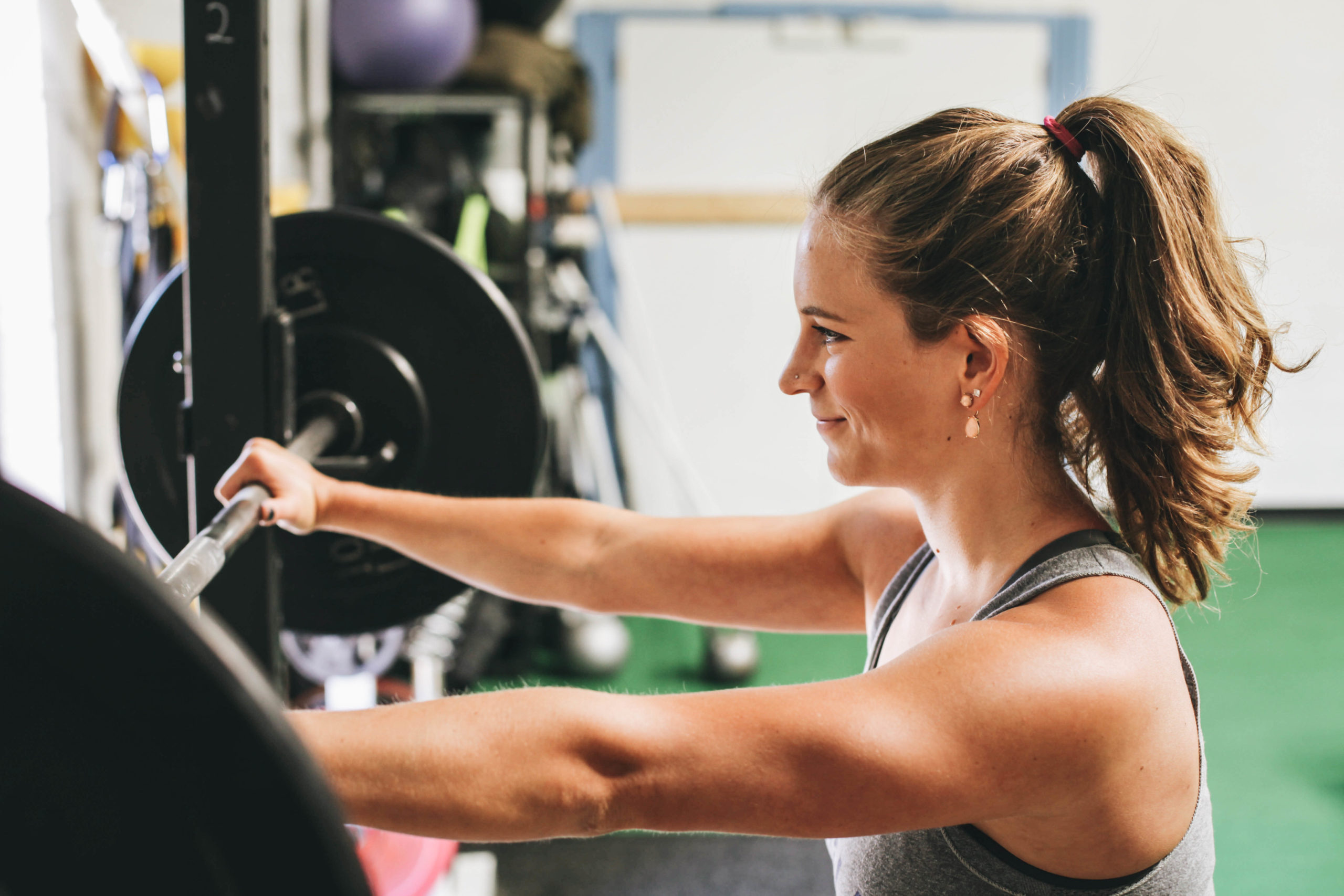
Lifting weights is an effective way to lose fat, especially if you're trying to build lean muscle mass. Increasing muscle mass will increase your resting metabolic rate and will make your body burn more calories at rest. It's a proven method for achieving the body you've always wanted. However, the benefits of lifting weights are not always immediately apparent. If you're considering starting a weight-loss program, it's important to remember that you may not lose as much fat as you thought, and you may end up with a more toned body than you initially planned.
The magic bullet to losing weight isn't lifting weights. If you are trying to lose fat you will need to be capable of maintaining a calorie surplus. This is possible if your daily calorie intake is higher than your burn rate. It is also a good idea to get started with cardio exercise when you are trying to lose weight. This will make sure you get all the benefits from lifting, but it might be difficult for beginners to get started.

A good tip for beginners is to keep in mind that the first set should be a warmup. Once you're ready to lift, focus on your muscles, rather than the weight itself, to see faster results. You will see a slimmer figure if you do high repetitions using low weights. However, heavyweights can increase strength and size. You should perform three to five sets for each muscle group, depending on your goals.
Your strength will increase as you progress. This will translate into other areas of life. You will also feel more confident. This will help you feel more self-confident, empowered and independent. Lifting weights can help you achieve the results that you desire, regardless of whether you want to gain muscle or lose weight. It is a great way improve your health, mood, and overall quality of your life.
Lifting weights can help you lose fat. You will lose more fat if you do your workouts. They build muscle and reduce fat. Your metabolism will also be boosted by lifting weights. Your metabolism will be boosted if muscle is built. Plus, you will have more self-esteem and confidence. Regular exercise and proper nutrition can help improve your body.

There are several advantages of lifting weights to lose excess fat. Although lifting weights may increase muscle mass, it can also increase your energy intake. Depending on what type of exercise you are doing, how much energy you burn can affect whether it is converted into muscle or fat. The more you lift, the more calories you'll shed. Additionally, weight lifting can help achieve that sculpted appearance you have always desired. When your muscles become weaker or weaker, weight lifting can help reduce chronic illness risk and chronic pain.
FAQ
How often should i exercise?
Exercise is essential for maintaining a healthy lifestyle. However, there isn't a set amount of time you must spend working out. Find something you like and stay with it.
You should aim to do 20-30 minutes of moderate intensity exercise three times per week. Moderate intensity means you'll still be breathing hard after you've finished. This type workout burns about 300 calories.
Walk for at least 10 minutes four days a weeks if you prefer walking. Walking is low impact and easy on your joints.
Jogging is an alternative to running. You can do it for as little as 15 minutes each day. Running is an excellent way to lose weight and tone your muscles.
Start slowly if you aren't used to doing exercise. Begin by only doing 5 minutes of cardio five times per week. Gradually increase the duration until you reach your goal.
Is cold a sign of a weak immune response?
There are two types of people in the world: those who love winter and those that hate it. You might wonder why you feel so miserable in the cold, no matter how much you love or hate winter.
The truth is that our bodies are built to work best when it's warm. In fact, we evolved to thrive in hot climates because that's where most of our food sources are located.
Now, however, we live in a completely different environment to how our ancestors lived. We spend more time indoors, are exposed to extreme temperatures (cold/heat), and eat processed food rather than fresh.
As a result, our bodies aren't used to such extremes anymore. This means that we feel tired, sluggish and even sick when we venture outside.
These effects can be reversed, however. The best way to avoid these problems is to ensure that your body stays hydrated throughout the day. If you drink plenty of water, you'll help keep your body properly hydrated and flush toxins from your system.
Also, ensure you eat healthy food. Eating nutritious foods helps your body maintain its optimal temperature. This is especially beneficial for those who spend extended periods of time inside.
Consider taking a few moments each morning to meditate. Meditation can help you relax your mind, body and soul. This makes it easier to manage stress and illnesses.
Do I need calories to count?
It is possible to wonder "What diet is best for me?" or "is counting calories necessary?" The answer to this question depends on many factors, including your current health, your personal goals and preferences, as well as your overall lifestyle.
The Best Diet For Me - Which One Is Right For You?
My current health, my personal goals and lifestyle will determine the best diet for me. There are many diets out there, some good and some bad. Some diets work well for some people and others do not. What should I do? How do I make a good decision?
These questions are addressed in this article. It starts with a brief introduction of the different types of diets available today. Next, we'll discuss the pros and cons for each type of diet. Finally, we'll look into how to choose the best one for you.
To begin, let's take a quick look at the different types of diets.
Diet Types
There are three main types of diets: low fat, high protein, and ketogenic. Let's discuss them briefly below.
Low Fat Diets
A low fat diet means a diet that reduces the intake of fats. This is achieved by reducing saturated fats like butter, cream cheese, and other dairy products. and replacing them with unsaturated fats (olive oil, avocados, etc.). For those looking to lose weight quickly, a low-fat diet is often recommended. This type of diet can lead to constipation and heartburn as well as indigestion. A person may also experience vitamin deficiencies if they don't get enough vitamins.
High Protein Diets
High protein diets restrict carbohydrates in favor of proteins. These diets typically have more protein than other diets. These diets can help increase muscle mass and decrease calories. One problem is that they might not be sufficient to provide regular nutrition. They may also be too restrictive and not suitable for everyone.
Ketogenic Diets
Ketogenic diets can also be known as keto diets. They are high in fat and moderate in protein and carbs. These are often used by bodybuilders and athletes because they allow them the ability to train harder and for longer periods of time without feeling tired. To avoid side effects such as fatigue, nausea, headaches, or other unpleasant side effects, you must strictly adhere to their instructions.
How can I live the best life possible every day?
Find out what makes YOU happy. This is the first step in living a life that you love. Once you have a clear understanding of what makes you happy you can go backwards. Asking other people how they live their best lives every day is also a good idea.
Dr. Wayne Dyer's book "How to Live Your Best Life" is also available. He discusses finding happiness and fulfillment throughout our lives.
What are 10 healthy behaviors?
-
Eat breakfast every day.
-
Don't skip meals.
-
Maintain a balanced diet.
-
Drink lots of water.
-
Take care of yourself.
-
Get enough sleep.
-
Avoid junk foods.
-
Daily exercise
-
Have fun
-
Make new friends.
Statistics
- According to the 2020 Dietary Guidelines for Americans, a balanced diet high in fruits and vegetables, lean protein, low-fat dairy and whole grains is needed for optimal energy. (mayoclinichealthsystem.org)
- This article received 11 testimonials and 86% of readers who voted found it helpful, earning it our reader-approved status. (wikihow.com)
- WHO recommends reducing saturated fats to less than 10% of total energy intake; reducing trans-fats to less than 1% of total energy intake; and replacing both saturated fats and trans-fats to unsaturated fats. (who.int)
- According to the Physical Activity Guidelines for Americans, we should strive for at least 150 minutes of moderate intensity activity each week (54Trusted Source Smoking, harmful use of drugs, and alcohol abuse can all seriously negatively affect your health. (healthline.com)
External Links
How To
What does the meaning of "vitamin?"
Vitamins are organic substances found naturally in food. Vitamins allow us to absorb nutrients from food. Vitamins cannot be produced by the body. They must be acquired from food.
Two types of vitamins exist: water-soluble vitamin and fat-soluble vitamin. Water-soluble vitamins dissolve quickly in water. You can find vitamin C,B1 or thiamine, B2 or riboflavin and B3 or niacin, B3/niacin, B6/pyridoxine, folic Acid, biotin and pantothenic Acid as examples. The liver and fatty tissues are home to fat-soluble vitamins. Vitamin D, E, K and A are some examples.
Vitamins can be classified according to biological activity. There are eight major categories of vitamins.
-
A - essential for normal growth and maintenance of health.
-
C - essential for nerve function and energy generation.
-
D - necessary for healthy bones and teeth.
-
E - needed for good vision and reproduction.
-
K - Essential for healthy muscles and nerves.
-
P – vital for building strong bones.
-
Q - aids digestion, absorption and absorption iron
-
R is required for the production of red blood cells.
The recommended daily allowance (RDA) of vitamins varies depending on age, gender, and physical condition. The U.S. Food and Drug Administration, (FDA), sets the RDA value.
For adults aged 19 and older, the RDA for vitamin B is 400 micrograms daily. Pregnant mothers need 600 micrograms per days because it is vital for the development and growth of their baby. Children ages 1-8 require 900 micrograms per day. Children under 1 year old require 700 micrograms daily, while infants over one year old need 500 micrograms every day. This decreases between 9 and 12 months.
Children aged 1-18 years need 800 micrograms daily, while children overweight require 1000 micrograms per days. Children who are severely obese or underweight will need 1200 micrograms each day.
2200 mg of vitamin A per day is required for children aged 4-8 who have been diagnosed by anemia.
2000 micrograms is the minimum daily intake for adults over 50 years old to maintain good health. Mothers who are pregnant, nursing, or have a high nutrient need will require 3000 micrograms a day.
Adults over 70 require 1500 micrograms each day, since they lose around 10% of their muscle mass every decade.
Women who are pregnant and lactating need more nutrients than the RDA. Pregnant mothers need 4000 micrograms per daily during pregnancy and 2500 after giving birth. Breastfeeding mothers require 5000 micrograms daily when breast milk production is occurring.